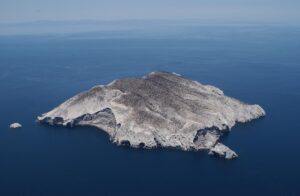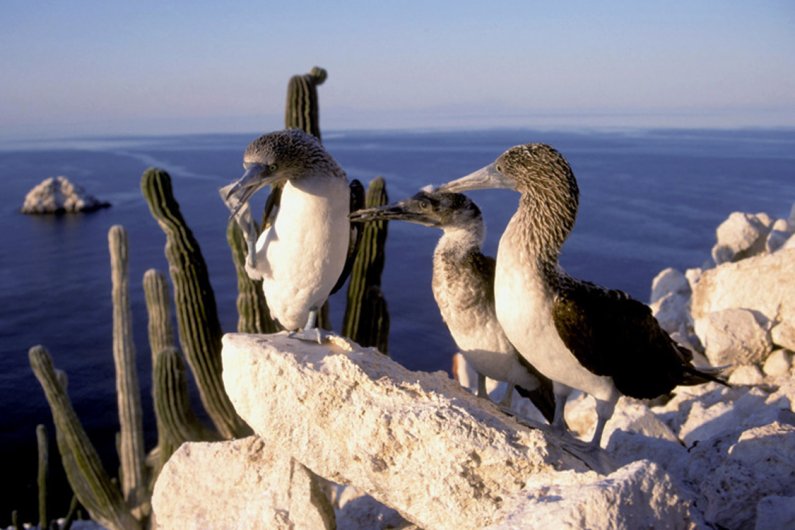The San Pedro Mártir Island Biosphere Reserve (RBISPM) has once again been recognized by the International Union for Conservation of Nature (IUCN), by obtaining its recertification in the Green List of Protected and Conserved Areas.
The Green List is the highest global recognition for protected areas that stand out for their good governance, effective planning and convincing results in the preservation of the biodiversitybenefiting both ecosystems and human communities.
With a five-year term, this recertification highlights the company's commitment to the National Commission of Natural Protected Areas (Comisión Nacional de Áreas Naturales Protegidas) (Conanp) and its allies in the sustainable management of this territory.

The Conanp emphasized that this achievement is the result of a coordinated effort among various stakeholders. Community and Biodiversity A.C. played a key role as a mentor during the process, while the Island Ecology and Conservation Group A.C. y Conservation International Mexico provided critical support. In addition, local communities, academic institutions and service providers have worked together to ensure the effectiveness of conservation strategies.
Located 61 kilometers from Bahía de Kino, SonoraThe RBISPM covers an area of 30,165 hectares and is the most oceanic island in the archipelago. Gulf of California. It is recognized as a natural laboratory of adaptation and evolution, hosting 292 species of flora and fauna, of which 42 are protected by Mexican law.

Among its inhabitants are two endemic reptiles: the whiptail lizard (Aspidoscelis martyris) and the spotted-sided lizard (Uta palmeri). The terrestrial part includes a forest of columnar cactus, one of the best preserved areas of the Sonoran DesertThe park is home to 24 species of plants, 47 species of land birds and the fishing bat, also endemic to the Gulf of California.
In its marine area, the RBISPM is home to five types of habitats: black coral banks, rhodoliths, sargassum forests, sandy and rocky habitats. These ecosystems support a rich diversity of fish and invertebrates, some of which are of commercial importance. In addition, the island is home to the fourth most important breeding colony of sea lions (Zalophus californianus) in the Gulf of California and is a refuge for diverse marine birds such as boobies, shearwaters and gulls.
The RBISPM has multiple international distinctions. It is part of the UNESCO World Heritage property. "Islands and Protected Areas of the Gulf of California". and has also been recognized as a Wetland of International Importance under the Ramsar Convention. Its recertification on the Green List consolidates its position as a global benchmark in conservation and sustainable management.
Source: Conanp


